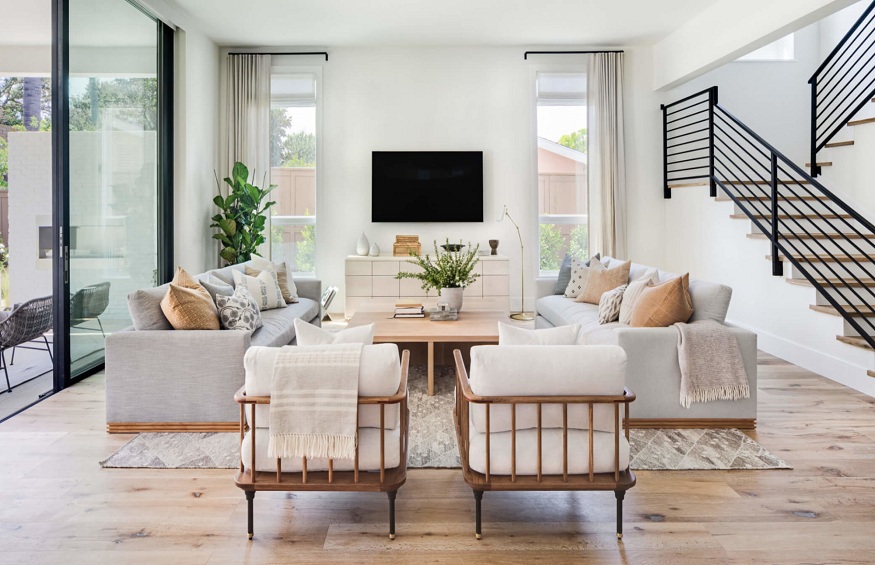The Scandinavian interior design exemplifies simplicity with a focus on functionality and aesthetics. It is minimalist and pristine, yet cosy and inspired by nature. Essentially, it is the ideal design style for someone who wants to feel as though their home is continuously embracing them and making their lives simpler. If this describes your ideal interior environment, but you don’t know how to create it, don’t worry. We’ve outlined everything you need to know about Scandinavian design to incorporate it into your home and reap its benefits quickly.
The Scope of Scandinavian Style
Scandinavia typically refers to Norway, Sweden, and Denmark. However, depending on the context, some also regard Finland and Iceland as part of the region. By marketing their design preferences and values, the nations are perceived to be unified and share numerous similarities. However, they also possess distinguishing characteristics within and beyond the industry.
Scandinavian Style is Simplistic
There are distinctions between it and minimalism, modernism, and contemporary design. But at its most fundamental level, Scandinavian design is minimal and focuses on functionality and simplicity. There is not much debris. The Scandinavian design tradition ensures that everyone can access excellent design, not just the privileged. This is why you will find elegance in ordinary objects. IKEA is an excellent illustration of this.
It Focuses on Bettering Daily Life
The Scandinavian design aims to enhance daily life at its foundation. In the winter, there are as few as seven hours of daylight in the Nordic countries, so illumination is crucial. Consequently, there is no wall-to-wall carpeting. Instead, natural hardwood or white flooring is utilised to brighten the space. The furniture is functional, and doubles as storage, and the window treatments are either nonexistent or transparent to maximise the amount of natural light.
Texture Prevents It From Looking Clinical.
Minimalism is frequently viewed as frigid and austere by critics, but Scandinavian design creates warmth through textiles instead of an abundance of decorative objects. Cold climates necessitate the use of soft textiles, such as sheepskin, wool, and mohair, which keep the aesthetic simple but add visual interest. The rationale: Any additions should serve a functional purpose.
The Color Scheme is Predominantly Neutral
Since natural light can be scarce in Nordic dwellings, neutral hues are the foundation of Scandinavian design. However, colour can be used as an accent, albeit in natural hues such as dark blues, greens, greys, and browns. The hues inspired by nature can help create a cocoon-like space.
Scandinavian Design Emphasises Balance
Similar to the concept of hygge, the Swedish term lagom implies neither too little nor too much—basically, striking a balance. You can add numerous textiles, such as sheepskins, linen cushions, and layered rugs, to boost the curl-up-and-relax factor while keeping furniture and décor simple and uncluttered.
It’s Timeless
The versatility of Scandinavian design is its greatest asset. The minimalist design makes it compatible with virtually any style or era, while the organic, sculptural form adds drama to a room.
You can entirely decorate your space with Scandinavian-inspired items or use them sparingly to experiment with the style. Just maintain a clutter-free space around the objects so you can appreciate their beauty more readily.

